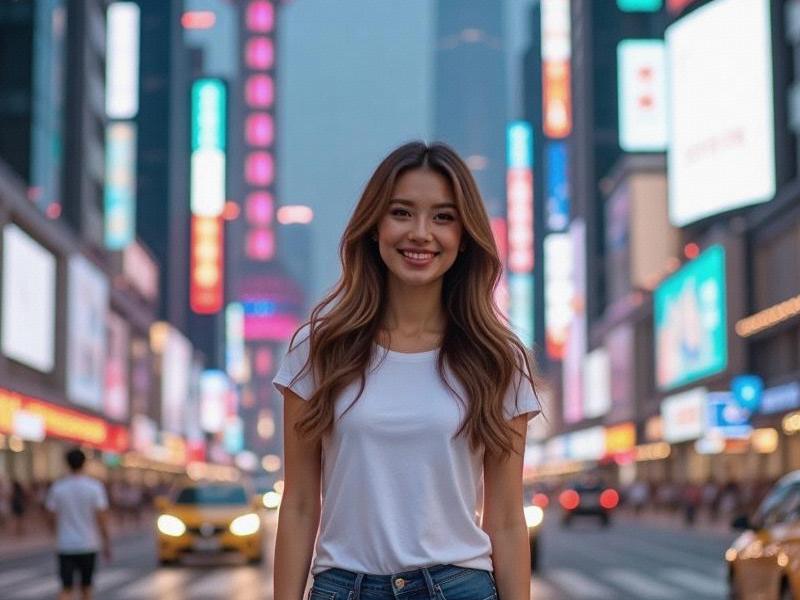This 2,200-word feature explores how Shanghai women embody China's modernization while preserving cultural heritage, examining their socioeconomic roles and global influence.

Section 1: Historical Context
1. The Shanghai Girl Archetype (1920s-1940s)
- Qipao fashion revolution
- First generation of educated women
- Business pioneers in the concession era
- Cultural hybridity influences
2. Socialist Transformation (1950s-1970s)
- Gender equality in workforce
- Blue-collar work uniforms
- Suppression of bourgeois femininity
- 78% female employment rate by 1978
Section 2: Contemporary Profiles
上海贵族宝贝自荐419 A. The Corporate Trailblazers
- Financial district executives (32% senior roles)
- Bilingual negotiation styles
- Work-life balance challenges
- Average 14.5 years education
B. Cultural Custodians
- Traditional arts practitioners
- Heritage fashion designers
- Tea ceremony masters
- 45% growth in cultural entrepreneurship
C. Digital Influencers
- Live-stream commerce queens
- Beauty tech innovators
上海品茶论坛 - Sustainable lifestyle advocates
- Top earners exceeding ¥20M annually
Section 3: Sociocultural Impact
1. Fashion Economy
- ¥85 billion beauty market
- Local designer incubators
- Cosmetic surgery trends
- 18% annual luxury spending growth
2. Marriage Dynamics
- Rising singlehood (38% by age 30)
- Educational homogamy
- Delayed childbirth (average age 31.2)
爱上海 - 22% transnational marriages
Section 4: Global Representation
- Shanghai women in international organizations
- Diaspora cultural ambassadors
- Foreign media portrayals
- Soft power measurement
Future Projections
- AI-assisted beauty tech
- Feminist thought leadership
- Silver age reinvention
- Next-generation cultural transmission
Shanghai's women continue to shape China's social transformation while navigating complex modern identities in this global crossroads.